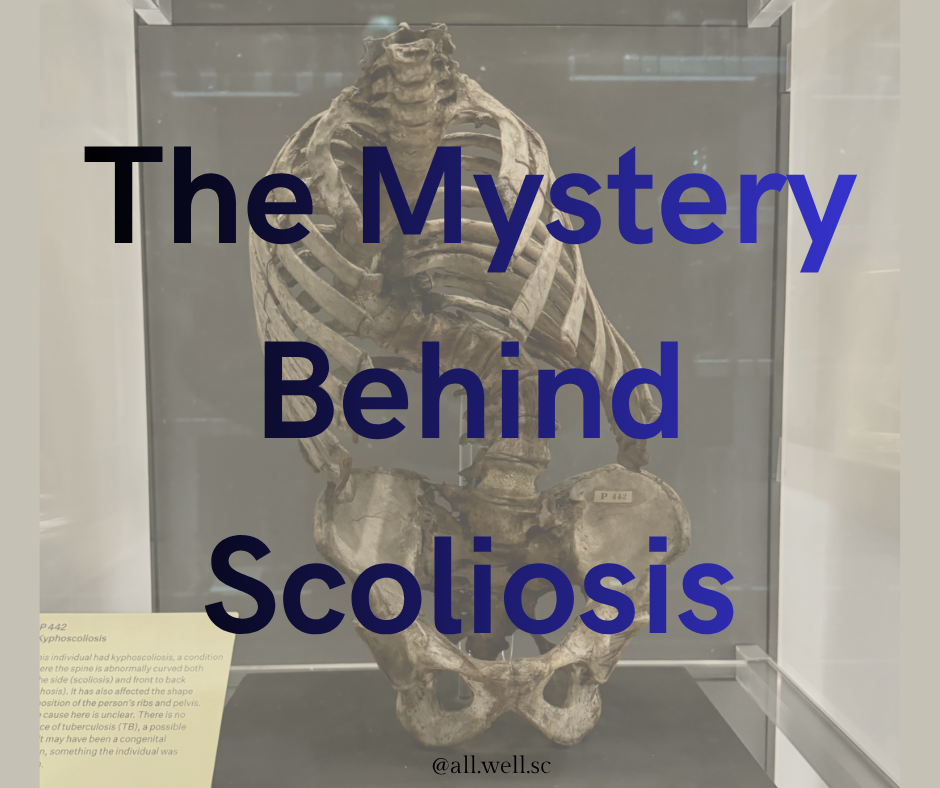
The Long History of Scoliosis: From Ancient Bones to Modern Healing
Scoliosis may seem like a modern condition, but history tells a different story. This spinal curvature has been part of the human experience for thousands of years — and it continues to shape how we understand the body today.
The Earliest Known Case: A Skeleton from Nubia
Archaeological evidence reveals that the earliest known case of scoliosis comes from Nubia, in modern-day Sudan. Between A.D. 550 and 800, researchers uncovered a remarkably well-preserved adult male skeleton, labeled S-16, who suffered from severe congenital scoliosis. Even centuries ago, this spinal deformity left visible marks on human anatomy — proof that scoliosis is not a new disorder, but one deeply rooted in our evolution and biology.
The Scoliosis of King Richard III
Perhaps the most famous historical figure known to have scoliosis is King Richard III of England. When his remains were discovered in 2012 beneath a Leicester parking lot, researchers confirmed he had a pronounced idiopathic adolescent-onset scoliosis. This means his spine began curving after the age of ten — not from birth, but during the rapid growth of adolescence. “Idiopathic” refers to cases with no known cause, though genetics are believed to play a strong role.
Richard’s condition likely altered his appearance, giving rise to the legendary descriptions of his “crooked back.” Yet, his life and leadership also remind us that scoliosis does not define ability or strength.
From Hippocrates to Modern Medicine
The story of scoliosis traces back to Hippocrates in 400 B.C., who was among the first to document spinal deformities. The very word scoliosis comes from the Greek word skolios, meaning “crooked,” coined by Galen around 200 A.D.
Early treatments were often extreme — including attempts to “straighten” patients by tying them to wooden frames or using crude mechanical traction. Thankfully, medical understanding has advanced dramatically since then.
Today, scoliosis treatment has evolved from painful and invasive experiments to highly specialized, evidence-based care. From custom braces and targeted exercise programs to chiropractic rehabilitation and spine-safe strengthening, conservative non-surgical treatments are now at the forefront of scoliosis management.
The Evolution Continues
What began as a mystery marked in ancient bones is now a field of growing innovation. As genetics, neurology, and biomechanics continue to advance, experts are uncovering more about how scoliosis develops — and how to best treat it.
At All Well Scoliosis Centre, we believe that knowledge and movement are the most powerful tools for healing. From ancient Nubia to modern Singapore, the human spine tells a story of resilience — and our goal is to help every individual stand taller, stronger, and pain-free.